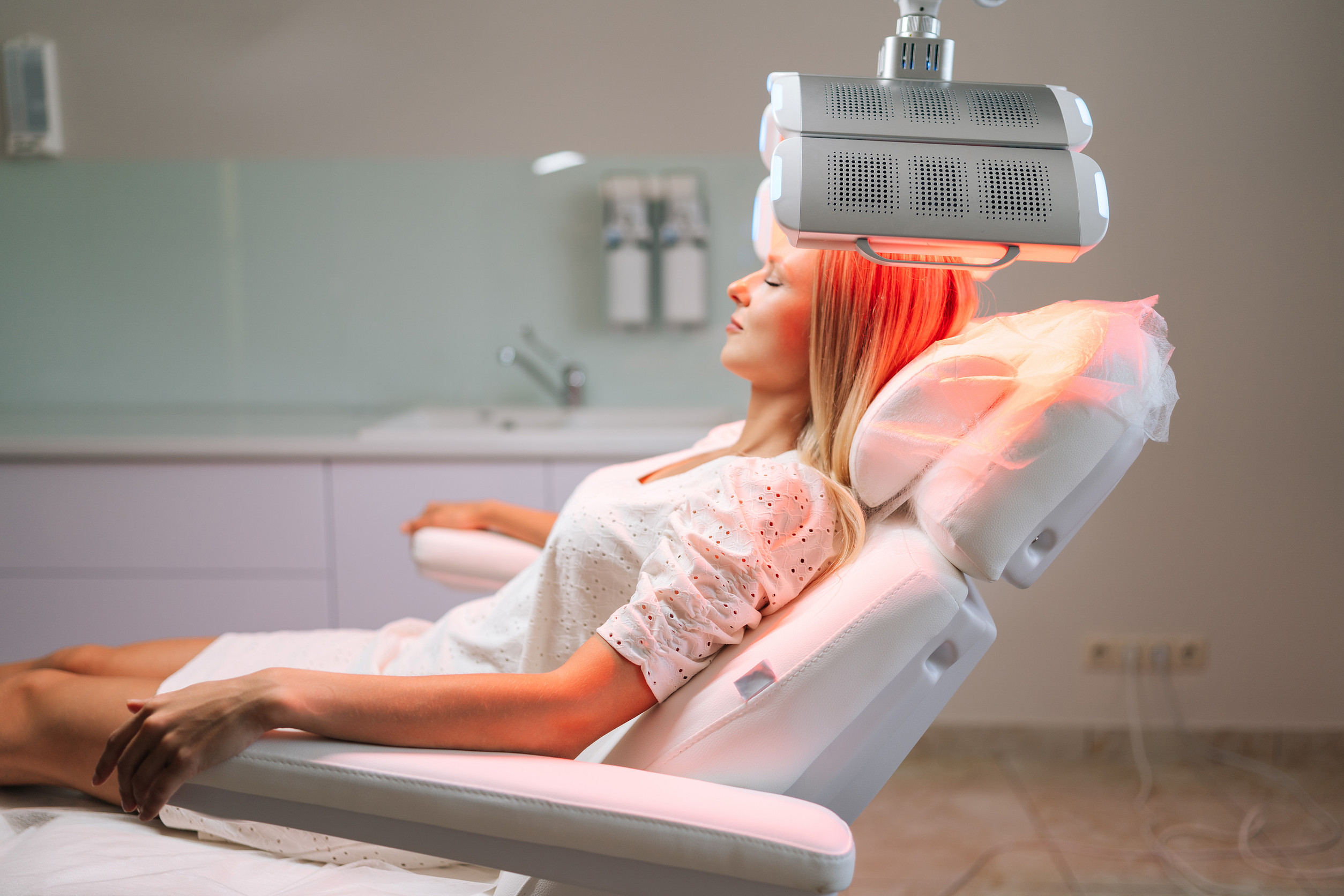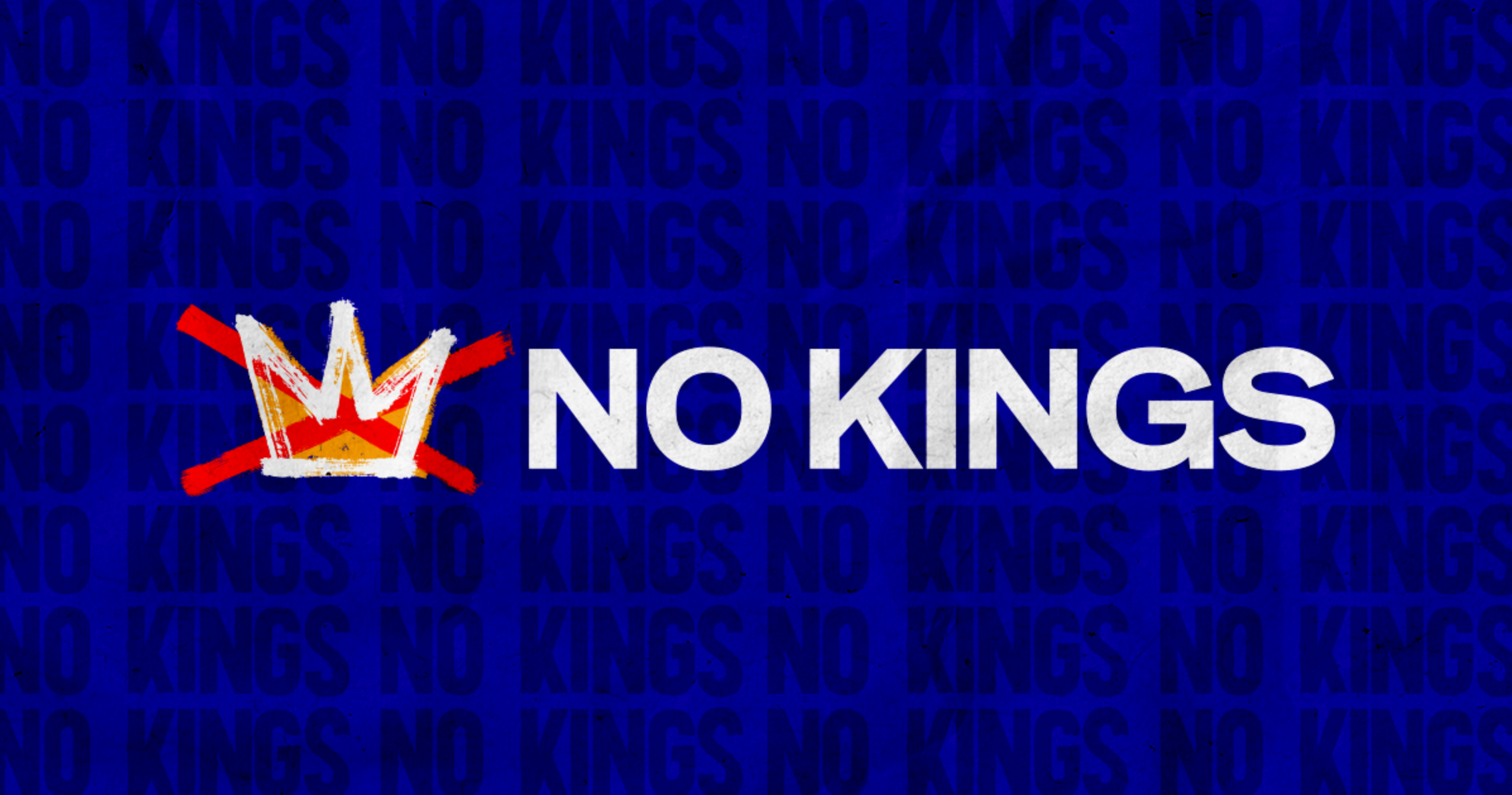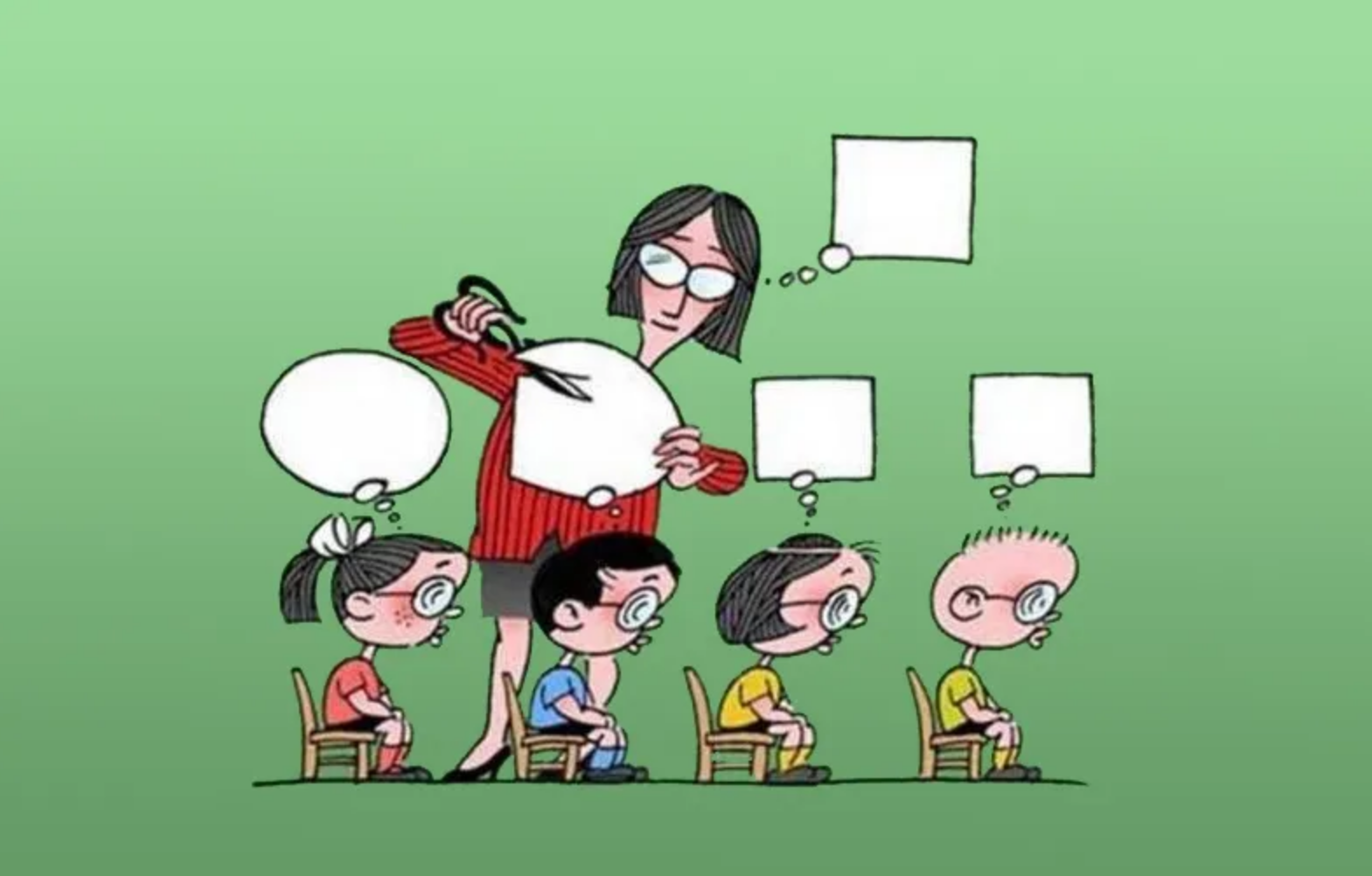Health Unchained — Column by Savanna DeHay
Red light therapy is an innovative tool that has been around since the end of the 1800s. This non-invasive therapy stimulates cellular regeneration, allowing the body to heal and detoxify. It can minimize and aid in recovery from skin conditions, wounds, pain, sleep issues, hormonal dysfunction, and even traumatic brain injury with consistent use.
What is Red Light Therapy?
Red light therapy (RLT) is a non-invasive therapeutic treatment using low-level red and near-infrared light. These wavelengths penetrate the skin at depths of 8-10 mm, enhancing metabolic processes, supporting the nervous system, and boosting ATP (adenosine triphosphate; cellular energy) production.
According to Block Blue Light, “[t]he photochemical reaction triggered by light exposure is similar to photosynthesis in plants, where light energy is converted into chemical energy to fuel cellular activity.” This specialized light exposure accelerates cellular respiration, leading to quicker healing, reduced inflammation, and enhanced biological function.
Red light therapy supercharges mitochondria, boosting cellular energy production. This leads to faster healing, reduced inflammation, and promotes anti-aging benefits.
RLT vs. UV Light
Red light therapy is completely unrelated to ultra-violet (UV) light. While red light (620-660 nm) and near-infrared light (810-850 nm) promote healing and skin health, UV light (<400 nm) supports vitamin D synthesis, boosts mood, and tans the skin.
RLT for Skin and Hair
Red light therapy is anti-aging, helping to counteract the loss of collagen, oil glands, and facial fat that occurs with age – resulting in saggy, dry, and dull skin. As noted in the Journal of Aesthetic Nursing, “red light therapy is atraumatic and bypasses the initial destructive step[s],” of skin aging “by directly stimulating regenerative processes in the skin.”
This treatment also boosts blood circulation and cell proliferation, accelerating wound and scar healing. Consistent use of RLT can improve hyperpigmentation, varicose veins, stretch marks, rosacea, and eczema.
RLT for Joints and Inflammation
The release of ATP enhances cellular reproduction and function, reducing joint pain and improving mobility and flexibility. This extra build-up of cellular energy also accelerates healing and reduces inflammation, helping to ease symptoms from muscle strain or injury.
RLT and Eyes
Vision begins to decline after the age of 40 due to reduction in ATP production. A study by University College London found that a three-minute morning RLT session can improve vision and prevent eye health degeneration. Participants experienced a 17% improvement in vision after morning exposure.
RLT and the Brain
Red light therapy can benefit individuals with ADHD, migraines, brain fog, and neurodegenerative conditions like Alzheimer’s and Parkinson’s disease. It also supports recovery from strokes and anoxic and traumatic brain injuries by enhancing mitochondrial function. The cellular respiration repairs damaged nerves, protects neurons, and slows disease progression.
One study conducted by Aging and Disease showed that regular RLT improves cognitive function in those with dementia.
And another showed “significant improvement in motor function, memory performance, and processing speed,” even in those without neurological conditions.
Explore Mito Red Light’s article for more studies on RLT’s impact on brain health.
RLT and Sleep and Recovery
Blood pressure, blood sugar, hormones, thyroid, the immune system, anxiety, and mood all influence our sleep quality. Many people struggle with crippling sleep issues like:
- Insomnia
- Sleep apnea
- Restless Legs Syndrome
- Narcolepsy
- Somnambulism (i.e. sleep walking)
- Sleep paralysis
RLT may boost melatonin production at night and increase alertness during the day. While lifestyle has the largest impact on sleep quality, RLT can help by supporting the circadian rhythm – especially when used in the morning. This can make waking up easier and falling asleep faster.
Sleep is one of the best ways to recover from illness, injury, workouts, or stress. RLT supports muscle recovery by speeding up cellular repair and improving performance.
A study in the American Journal of Physical Medicine and Rehabilitation found that RLT “increased the maximal load in exercise and reduced fatigue,” in identical twins. More studies are available at Mito Red Light.
RLT and Pets
Believe it or not, red light therapy is beneficial to pets, too! Just as it reduces inflammation, heals wounds, and improves sleep in humans, it does the same for animals. In fact, many pets will naturally seek out the warmth of the red light, almost as if they instinctively know its healing power.
Conclusion
At first glance, red light therapy might seem gimmicky. But hundreds of studies show its special wavelengths improve cellular function—the foundation of health and wellbeing. If you struggle with skin issues, pain, inflammation, insomnia, or aging, consider investing in a RLT device.
C’mon, even your pets can see the light on this one.










